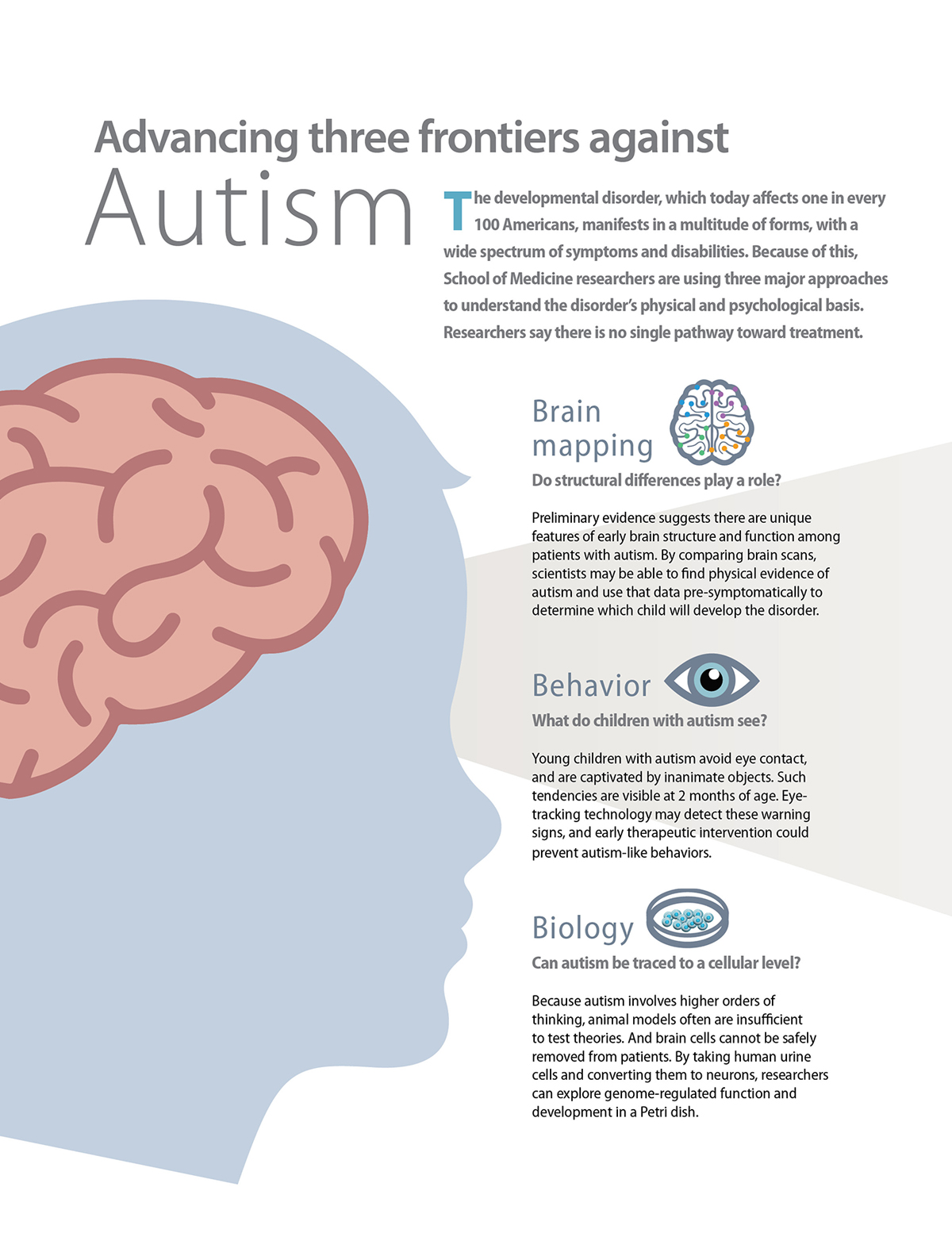

Each person with autism has their unique set of strengths, weaknesses, and needs, making it essential to approach autism with a nuanced understanding of the varying presentations and experiences within the spectrum.

The spectrum emphasizes the individuality and diversity of experiences among autistic individuals. It is crucial to recognize that autism exists on a spectrum, often referred to as Autism Spectrum Disorder (ASD), which encompasses a wide range of abilities, strengths, and challenges. The Complexity of Autism: Understanding the Diverse SpectrumĪutism is a complex neuro-developmental disorder characterized by challenges in social interaction, communication difficulties, and repetitive behaviours. In this blog post, we’ll explore some of the reasons why advertising may not be as effective for those on the autism spectrum. Other than the constricted and blunted affect, there are other forms of affect that can be observed as well.Why does advertising often fall flat when it comes to autism? It’s a question that many in the autism community have been asking for years.

The difference is in the degree of the emotions (rather, the lack of emotions), in which constricted affect brings about a mild restriction, whereas blunted affect brings about a severe restriction. Thus, one can be caused because of the other. The Differencesīlunted affect vs constricted affect can be observed in the way that when a person displays a constricted affect, it can have certain consequences on his behavior, which in turn could lead to the development of blunted affect. Many soldiers have been observed to be suffering from post-traumatic stress disorder, which is often brought on by the trauma of war and an attempt to disassociate from the same―the condition being a classic example of blunted affect. This wide-eyed, unfocused gaze has been described as being brought on by blunted affect. One of the most common blunted affect examples is that of the ‘thousand-yard-stare’ that has been exhibited by some soldiers who have witnessed the horrors of war.


 0 kommentar(er)
0 kommentar(er)
